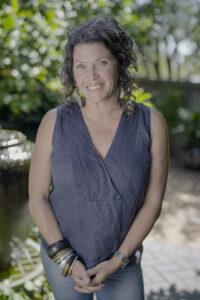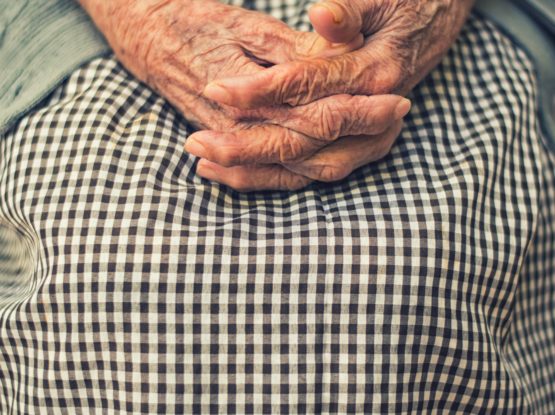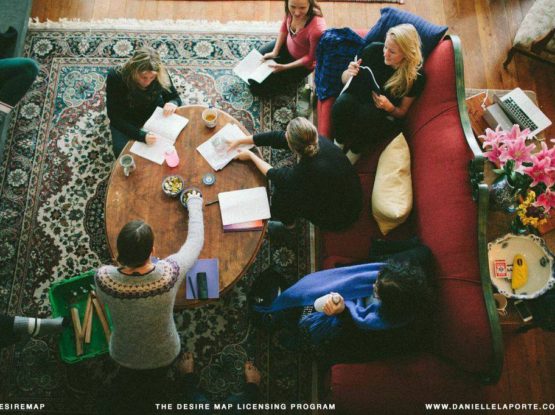by Rebekah Russell
Trauma Informed Massage Explained
Massage History
Somatic therapies, or body-based therapies (‘soma” from the Greek word meaning body), have been part of healing practices across myriad civilizations and throughout the ages.
The power of therapeutic touch has been employed to ameliorate suffering and promote a felt sense of wellbeing.
Massage, in particular has been used as a healing tool in ancient times through to modern, for example:
- Massage was used to enhance the physical aptitude and accelerate recovery of athletes in the Greco – Roman era
- The sacred practice of kahuna and lomi lomi were used for the care and relaxation of Hawaiian royalty
- Today, the Ngangkari, traditional First Nation healers of Central Australia use a form of massage to address ailments both physical and spiritual.
Essential Touch
Touch is our first universal language and, fundamental to social connection. Touch is the one sense that appears essential for growth and development, and may even be necessary for our very survival.
The practice of “Kangaroo Mother Care” occurs in many developing countries. This form of early intervention involves low birth weight babies being held skin-to-skin immediately after birth, with either the mother or a surrogate carer. The World Health Organisation identified that these high risk babies had a better chance of survival if they were given this contact as soon as possible, even before their vital signs had stabilised. Babies held in this manner gained strength and vitality more rapidly than those who were removed from care and placed in isolation for monitoring.
Neurologists and psychologists have identified biological markers that support the fact that “most human beings require the physical presence of others, the comforting touch of others, in order to stay healthy”. (1)
One neuroscientist, Francis McGlone has described the need for touch as being like a “vitamin”, that we need to be topped up with!
A team of lawyers described the necessity and benefits of touch to argue against the long-term solitary confinement, describing the practice as unconstitutionally cruel and unusual punishment. (2)
“Touch is a fundamental aspect of social interaction, which is a fundamental human need… Social touch calms the recipient of touch during stressful experiences… can reduce activation in threat-related regions of the brain… can influence activation in the stress pathway of the nervous system, reducing levels of the stress hormones… has been found to stimulate the release of oxytocin, a neuropeptide released in the hypothalamus… Elevated levels of oxytocin are associated with increased touch, cooperative behaviour, sharing with strangers, the more effective reading of other’s emotions, and more constructive conflict resolution.”
Human Connection
The lockdowns and COVID restrictions certainly affected our ability to connect in this very fundamental of ways. Gone was the ability to shake hands, hug our loved ones or be physically present to comfort loved ones who were sick or dying. We still do not fully understand the impact this has had on our sense of wellbeing.
However, not everyone likes being touched and certainly not everyone likes massage. And that may be for a myriad of reasons and certainly, I know that not all touch is welcomed and not all massages feel comfortable or soothing to the nervous system.
Trauma Informed Massage
Trauma-informed massage is quite different from other forms of massage, primarily because the therapist is conscious of the principles of trauma awareness and seeks to incorporate these elements into the experience.
Trauma experts such As Bessel van der Kolk, psychiatrist and author of “The Body Keeps The Score,“ encourages all his patients to engage in some kind of bodywork, whether it be therapeutic massage, Feldenkrais, craniosacral work or other modalities such as trauma sensitive yoga.
Bessel writes: “Mainstream trauma treatment has paid scant attention to helping terrified people to safely experience their sensations and emotions.
Medications such as serotonin reuptake inhibitors, Respiradol, and Seroquel increasingly have taken the place of helping people deal with the sensory world. ”
“However, the most natural way that we humans calm down our distress is by being hugged, touched, and rocked. This helps with excessive arousal and makes us feel intact, safe, protected and in charge… ” (3)
Bessel speaks to the need to feeling “safe in our skin” as being an essential part of our healing and recovery after trauma.
As a trauma aware massage practitioner, my approach is to apply the principles of trauma aware practice: establishing safety, trustworthiness, choice, collaboration, empowerment, and respect for diversity. The principles that most apply to massage would be the establishment of safety and trust, in addition to the client always having a sense of choice and agency.
Self Regulation
Regulating my own nervous system by having good self-care practices, can help to co-regulate my clients, ensuring I am personally grounded and anchored helps me to create a sense of calm in the environment.
Seeking to always respond to clients in a timely manner, be reliable with my behaviour and therapeutic techniques can help develop a sense of trust.
Providing choice and collaboration throughout the massage session, for example, asking the client how much clothing they would like to keep on (I have done massages with people fully clothed – no problem!), letting them know what will take place in their massage, for example: “I will start on your lower back, and then move up to your shoulders and neck “etc.)
Asking whether the environment feels comfortable: volume and style of music, sufficient warmth or coolness, adequate draping for modesty etc. These enquiries provide a sense of choice and collaboration.
I have witnessed the positive effect of massage in myself and in others, and having a trauma-aware lens has helped me immensely in attuning more sensitively to the needs of my clients.
If you would like more information, please feel free to reach out in a free Discovery call as I would be happy to answer any questions you may have.
References
1.National Geographic 06/22 The Power of Touch p.45
2 National Geographic 06/22 The Power of Touch p.45-46
3.The Body Keeps the Score. Brain, Mind and Body in the Healing of Trauma. Bessel Van der Kolk p217-218.
 Written by Rebekah Russell
Written by Rebekah Russell
Rebekah Russell is a degree qualified Naturopath with over 15 years significant experience in the complementary therapies industry. Her passion is helping people to create positive changes in their behaviour to experience optimal health and wellbeing.
Click here to learn more about Rebekah.



